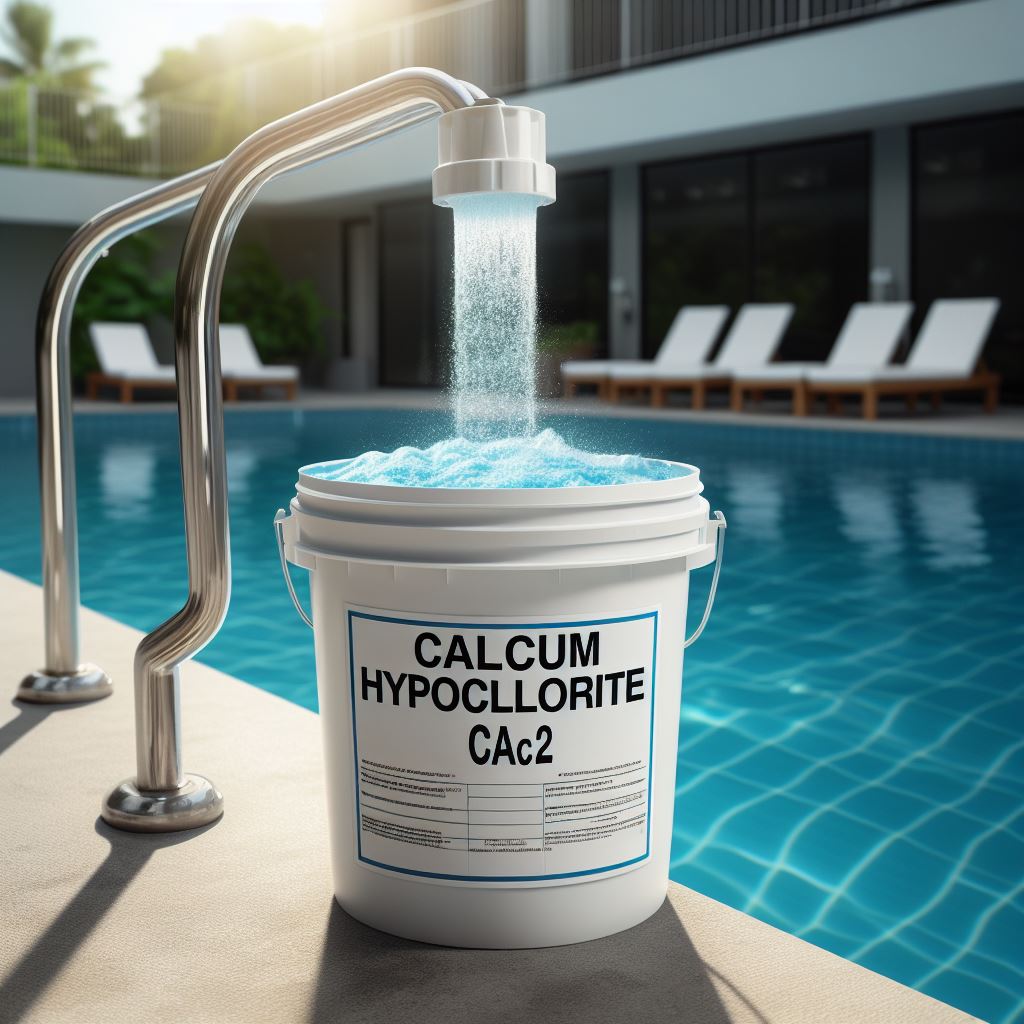Calcium hypochlorite, a compound often used as a disinfectant and bleaching agent, plays a pivotal role in water treatment facilities and various industrial applications. The importance of storing calcium hypochlorite safely cannot be overstated, as improper storage can lead to degradation of the product and pose significant health and safety risks.

Basic Storage Principles
Suitable Storage Conditions: Calcium hypochlorite should be stored in a cool, dry, and well-ventilated area away from direct sunlight and moisture. The ideal storage temperature should be maintained below 25°C (77°F) to minimize the risk of decomposition.
Container Requirements: Containers used for storing calcium hypochlorite should be made of materials compatible with this chemical, such as specific types of plastics or coated metals, to prevent reactions that could lead to container breach or chemical degradation.
Importance of Repackaging: To extend its shelf life and ease handling, calcium hypochlorite often needs to be repackaged into smaller, more manageable containers. This process should be done with care to avoid contamination and exposure to moisture.
Safety Measures
Personal Protective Equipment (PPE): Handling calcium hypochlorite requires gloves, goggles, and protective clothing to prevent skin and eye contact.
Chemical Compatibility: Calcium hypochlorite should not be stored near acids, organic materials, or metals to prevent hazardous reactions. A compatibility chart should be consulted before storage.
Leak and Spill Precautions: Secondary containment and spill kits should be readily available in the storage area to manage any accidental releases promptly.
Emergency Preparedness: Facilities storing calcium hypochlorite should have a detailed emergency action plan that includes evacuation procedures and emergency contact information.
Best Storage Practices
Regular Inspections: Storage areas should be regularly inspected for signs of container damage, leaks, or other potential hazards.
Inventory Management: Adopting a first-in, first-out (FIFO) inventory system ensures that older stock is used before it degrades, maintaining the chemical’s effectiveness.
Staff Training: Ongoing training programs are essential to educate staff about the proper handling, storage, and emergency procedures related to calcium hypochlorite.
Potential Risks and Challenges
Chemical Stability: Calcium hypochlorite can be unstable and reactive, especially under certain conditions such as high temperatures and the presence of moisture, leading to potential safety hazards.
Environmental Conditions: Storing calcium hypochlorite in areas prone to high humidity and temperature fluctuations can accelerate its degradation and increase the risk of spontaneous combustion.
Regulatory Compliance: Adhering to local, state, and federal regulations regarding the storage of hazardous chemicals is crucial for legal and safety reasons.
Conclusion
Storing calcium hypochlorite safely is a complex but crucial process that requires understanding its chemical properties, potential hazards, and the best practices for handling and storage. By implementing strict storage guidelines, using appropriate containers, and ensuring staff are well-trained, the risks associated with calcium hypochlorite storage can be significantly minimized.